CIA Special Operations: The SECRET World of America’s Black Ops Units

When diplomacy fails, and war is unwise, the president calls upon the highly covert Central Intelligence Agency to get the job done. Deep within the CIA lies a few black operations forces that are tasked to do some of the most dangerous and high-stakes missions imaginable. In fact, these units are so highly classified that very few images or media about them exist.
With that said, what units make up CIA Special Operations? How much is known about them? And most importantly, what do they do under the veil of secrecy?
Join us as we dive into some of the most secretive and mysterious black operations units in the entire world: CIA Special Operations.
TABLE OF CONTENTS
CIA SPECIAL OPERATIONS: SPECIAL ACTIVITIES CENTER
CIA SPECIAL OPERATIONS: GLOBAL RESPONSE STAFF
CIA SPECIAL OPERATIONS: SPECIAL COLLECTION SERVICE
CIA SPECIAL OPERATIONS: PARAMILITARY OPERATIONS OFFICERS
CIA SPECIAL OPERATIONS: SPECIAL ACTIVITIES CENTER

Specializing in raids, ambushes, sabotage, targeted killings, and unconventional warfare. We’re not talking about Delta Force or SEAL Team Six. We’re talking about the elite tier one equivalent known as the Special Activities Center.
When the United States takes measures towards national security, it has three options: Diplomacy, Military Action, and then Covert Action. When they need the third option, they call the Special Activities Center, as covert action is their bread and butter. They take this stuff seriously, as their motto is quite literally Latin for “Third Option.” (Tertia Optio)
Previously referred to as the Special Activities Division, the CIA Special Activities Center is a division of the Central Intelligence Agency responsible for covert operations and paramilitary operations. While it is not a military unit, the SAC is often considered on par with tier one units in JSOC, meaning they are tasked with performing some of the most secretive black ops missions imaginable.
There are two main components of the SAC: The Special Operations Group (SOG), and the Political Action Group. We will be covering the Political Action Group in more detail later in this article, so for now we’ll be focusing on SOG. Operators who are in the Special Operations Group are officially referred to by the CIA as Specialized Skills Officers.
The Special Operations Group is often considered the most secretive special operations force the United States has at its disposal. Operating with fewer than a hundred operatives who are mostly selected from military special operations’ best of the best such as Delta Force, DEVGRU, Navy SEALs, and Green Berets, these highly proficient operators participate in missions throughout the world that the U.S. does not want to be officially involved in. That’s right, the missions SAC partakes in are so under the radar that in the event anyone or anything is compromised during a mission, the U.S. government can deny all knowledge and disavow the operators.
Similar to how a special operations force operates, there are different components to the Special Activities Center that each specialize in an area of warfare or environment to provide them with abilities in the full spectrum of conflict. From what is known, there are four different branches of the Special Activities Center: The Ground Branch, Maritime Branch, Air Branch, and the Armor and Special Programs Branch.
The Ground branch oversees all covert operations handled on, you guessed it, the ground. Operators in this branch tend to consist of former members of Delta Force who possess the skills necessary to be effective in this environment. They’re experts in surveillance, small arms, field and tradecraft, CQB, hostage rescue, and advanced driving.
As for the Maritime Branch, those who work in this area are responsible for specialized missions that involve the water. Whether it’s VBSS, combatant diving, or utilizing specialized watercraft, members are experts in a variety of sophisticated maritime skills. Naturally, Navy SEALs, DEVGRU operators, and Force Reconnaissance Marines tend to make up a majority of this branch because of the environments they’re expected to operate in.
The Air Branch is responsible for the Special Activity Center’s aviation activities. Incredibly skilled pilots and aviation experts work in this branch and provide top tier transport and exfiltration measures for the operators. Think of it this way - just like JSOC has the Night Stalkers, the Special Activities Center has its Air Branch.
And last but not least, the Armor and Special Programs Branch is unlike the other three branches. It's more supportive than it is operational. This part of the SAC develops, tests, and acquires new personnel, armory, equipment, and transport. Because of the clandestine nature of the missions SAC partakes in, gathering weapons and equipment covertly is of the utmost importance. The Armor and Special Programs branch procures equipment abroad in order to have no connection to the U.S. government in the unfortunate event an SAC operator is compromised or captured.
Operators in the Special Activities Center have helped achieve U.S. foreign policy objectives across the globe. As one of the most versatile tools in the President’s toolbox, the Special Activities Center is often considered the very tip of the spear. With the Special Activities Center covered, let's turn our attention to another important part of CIA special operations, the Global Response Staff.
CIA SPECIAL OPERATIONS: GLOBAL RESPONSE STAFF

The CIA Global Response Staff (GRS) operates in the shadows like no other. Aside from a few events, this entity has stayed out of the headlines and public for quite some time. While its specific tasking and scope of operations is classified, the GRS trains teams to work undercover and provides an unobtrusive layer of security for CIA officers in high-risk outposts. In a nutshell, you could say these guys are some pretty badass bodyguards for CIA personnel and VIP’s. GRS operators are highly trained in a variety of skills, such as surveillance, counter-surveillance, close protection, and weapons handling.
Since the Global Response Staff is a highly trained protective force, its primary responsibilities are to map escape routes from meeting places, pat down informants, and provide an envelope of security, all while accepting the fact that if push comes to shove, they’re going to have to shoot. One such instance that was highly publicized was the 2012 Benghazi Attacks, which resulted in the death of four U.S. nationals, two of them being Global Response Staff personnel. Former Navy SEALs Tyrone Woods and Glen Doherty paid the ultimate sacrifice defending the U.S. Embassy and compounds that were attacked that night.
Due to the dangerous and intense environments that the GRS operates in, its personnel generally consist of former Navy SEALs, Rangers, Green Berets, Recon Marines, and Air Force Special Warfare personnel. Roughly 125 operators are working abroad at any given time and rotate through cycles of training and off-time back stateside. GRS operators are either full-time CIA officers or contractors who do a few months abroad at a time.
Because of the level of risk that CIA case officers carry on their counterterrorism assignments, the Global Response Staff has become a critical component of conventional espionage. In fact, they’ve become so important that the CIA had to overhaul its top secret and legendary training program known as “the Farm”, to teach its spies the basics of working with GRS teams. Although the agency created the GRS to protect officers in war zones such as Iraq and Afghanistan, it has been expanded to protect secret drone bases as well as CIA facilities and officers in locations including Yemen, Lebanon and Djibouti.
Additionally, sometimes GRS teams provide security for personnel from other agencies, such as NSA teams that deploy sensors or eavesdropping equipment in conflict zones. This perfectly brings us to our next CIA Special Operations Unit, the Special Collection Service.
CIA SPECIAL OPERATIONS: SPECIAL COLLECTION SERVICE

If you asked the United States government, they’d say the Special Collection Service doesn’t exist… and that they definitely don’t have a heavily guarded, 300-acre headquarters near Beltsville, Maryland. Nothing to see here…
Codenamed F6, the Special Collection Service is a highly secretive black budget joint program between the Central Intelligence Agency and National Security Agency. Operating in two to five man elements, the SCS is primarily responsible for placing super-high-tech bugs and eavesdropping equipment in difficult to reach places, such as at foreign embassies and installations. In a nutshell, think of some highly skilled and talented personnel sneaking into a denied area to plant listening devices so they can collect information without the enemy ever knowing they were there in the first place. And sometimes they don’t even need to sneak in, some simply work undercover as Foreign Service Officers or under the guise of businesspeople.
They’ve also been known to use a variety of specialized technical equipment and techniques to intercept communications, including satellite intercepts, microwave and cellular intercepts, and fiber optic taps.
Additionally, Special Collection Service personnel are quite literally the MacGyver’s of espionage. They can assemble elaborate listening devices from seemingly normal everyday components, such as an umbrella that expands into a parabolic antenna. And as far back as the 1980’s, Special Collections personnel were able to use invisible lasers pointed at windows to decipher conversations by measuring only the vibrations of the glass. What they do is absolutely insane!
With the Special Collection Service covered, let’s move onto the CIA’s Paramilitary Operations Officers.
CIA SPECIAL OPERATIONS: PARAMILITARY OPERATIONS OFFICERS

As we previously stated, the CIA Special Activities Center consists of its Special Operations Group and the Political Action Group. Paramilitary Operations Officers run the Political Action Group.
As one of the least publicized elements of the Special Activities Center, the Political Action Group is responsible for covert activities related to political influence, psychological operations, economic warfare, and cyberwarfare. Its missions are more focused on politics and influence, especially in situations where the U.S. does not want to be directly associated with whatever the Political Action Group is doing.
Thus, it can be said that many missions they partake in are considered as black ops. For example, PMO’s can be assembled as “Pick up teams” which act as small-scale strike forces that conduct direct action raids under title 50 authority for covert action. Not only that, but PMO’s often work solo in pursuit of their missions.
With plausible deniability by the U.S. sourced from Title 50, PMOs lead and manage Covert Action Programs directed by the President and collect foreign intelligence vital to national security policymakers. They operate in remote locations behind enemy lines to carry out direct action, including raids and sabotage, counter-intelligence, guerrilla and unconventional warfare, counter-terrorism, and hostage rescue missions, in addition to being able to conduct espionage via human intelligence assets.
As action and results oriented professionals, they take on demanding responsibilities, accept significant personal risks, and maintain accountability for results. They are expected to be leaders and program managers, running paramilitary and intelligence operations in the field.
Being in this line of work requires them to be a jack of all trades in a demanding, high-tempo environment. One year they could be living on the side of a mountain and the next they’re rubbing elbows with foreign diplomats over cocktails. Because of their versatility, PMO’s are not only recruited from former SOF operators, but also from conventional forces and lateral movements within the Central Intelligence Agency. People with the right background, skillset, and mentality can find themselves in this prestigious and secretive line of work.
While Paramilitary Operations Officers and the Political Action Group are just a tiny sliver of the entire CIA, it's safe to say that their efforts make a giant impact for U.S. intelligence and operations.
CIA SPECIAL OPERATIONS: CONCLUSION

With everything all said and done, let’s be real here, you now know pretty much everything that the U.S. government allows you to know about CIA Special Operations. The men and women who are in these fields work in secret and without recognition on a daily basis - all in the name of serving their country. While we will likely never know the full extent to what CIA Special Operations does and how it is utilized, we do know they make a major impact and they will continue to work quietly in the background as unsung heroes.
If you're interested in learning more about the CIA and its covert special operations, you should go check out the book Surprise, Kill, Vanish: The Secret History of CIA Paramilitary Armies, Operators, and Assassins by Annie Jacobsen. She writes some awesome books! Click here to take you to the book.
If you’re wanting to learn more about the military, law enforcement, or government entities, we have a YouTube channel dedicated to providing the best info out there, plus we have a growing list of blog posts as well. Click the links to take you to them!
General Discharge is a veteran owned, veteran operated organization that is dedicated to providing the best U.S. Military and Law Enforcement information. With over 250 YouTube videos, over 45 million views, and hundreds of thousands of followers, we have contributed to the success and knowledge of both the current and future generation of service members.
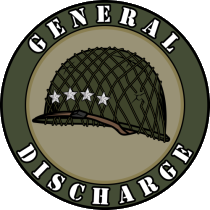
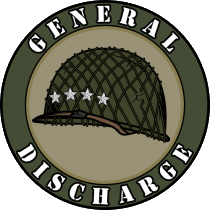
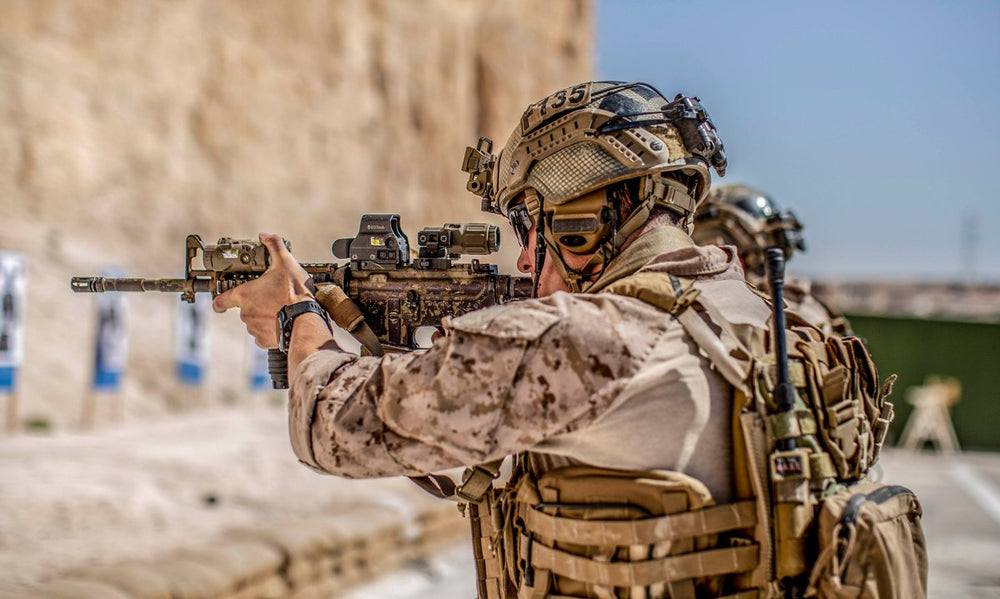
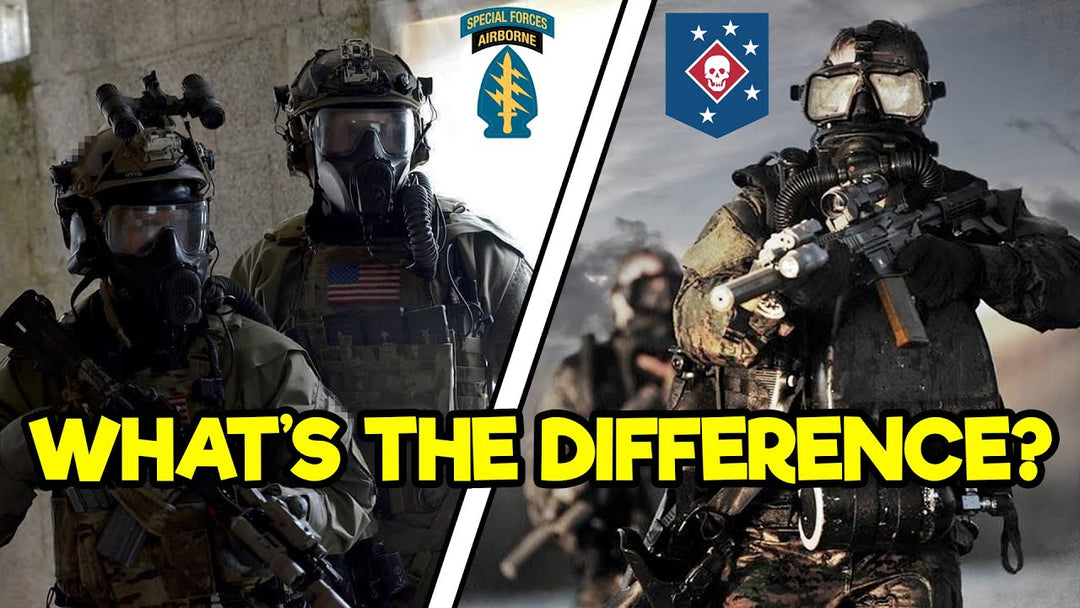
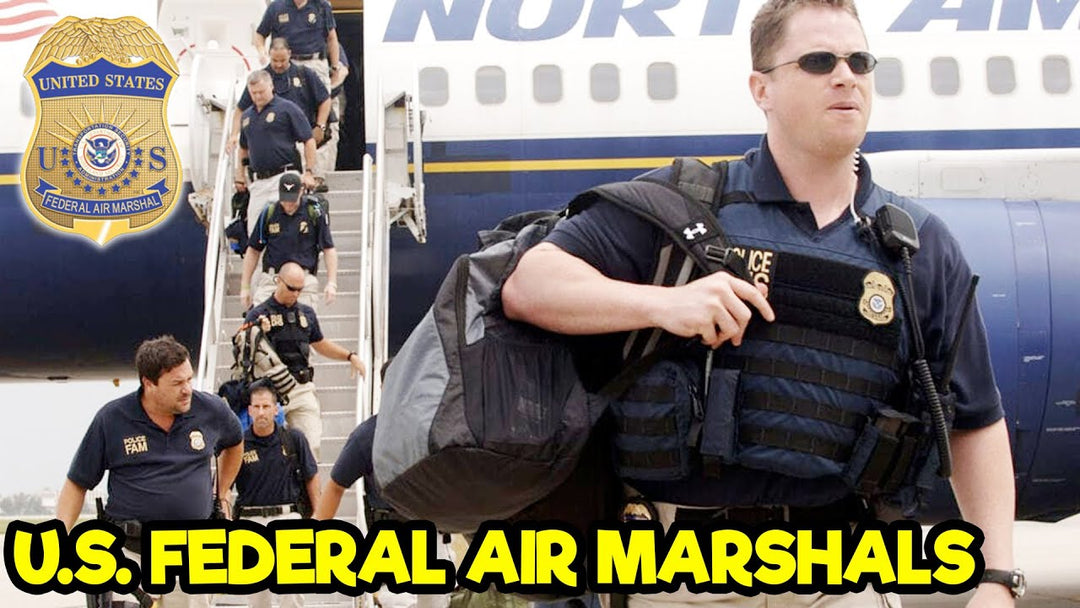
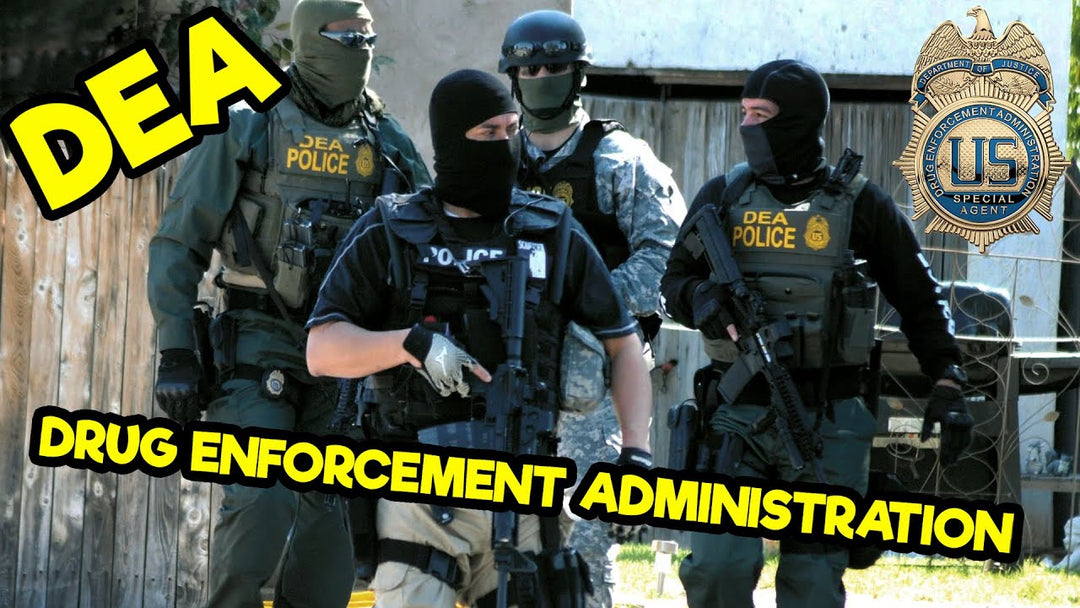
I feel like there’s a reason I’m drawn to the cia
Keep doing whatever it is you do, and thanks for your service.
Thanks for the info, I am a writer who just needed a little extra research into Black Ops and what they do. This has been a great help for inspiration!
Scout sniper mos 0317. 860 250 1407.. Hartford CT..Sir call me Sir .
How can I join
Leave a comment